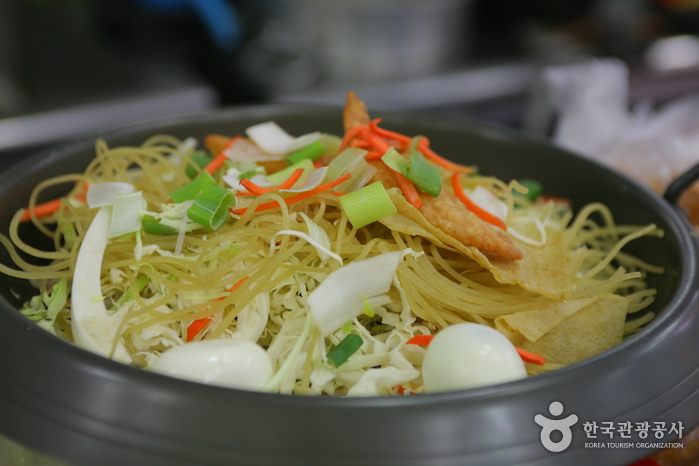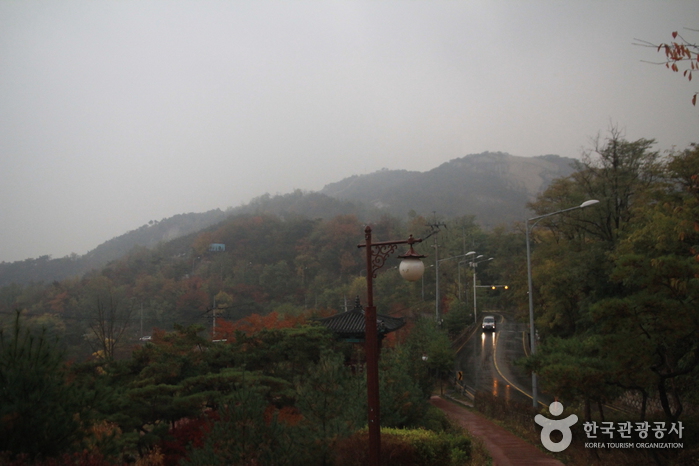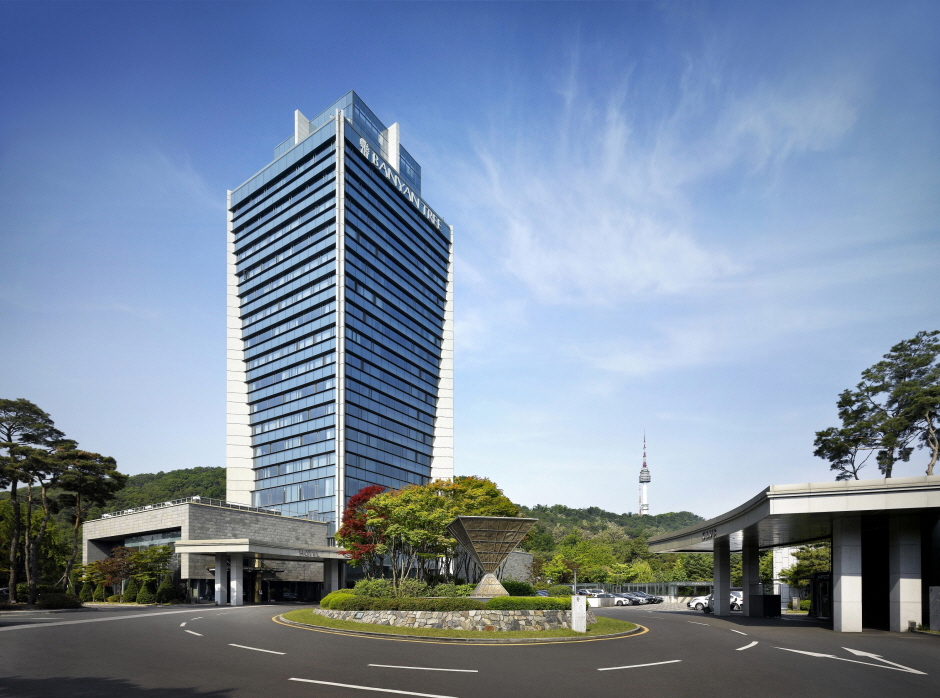Olive Young - Seoul Station Branch [Tax Refund Shop] (올리브영 서울역점)
2.3Km 2024-06-27
405, Hangang-daero, Jung-gu, Seoul
-
Jongjeom Tteokbokki (종점 떡볶이)
2.3Km 2020-04-09
217-1, Dasan-ro, Jung-gu, Seoul
+82-2-2234-3649
Jongjeom Tteokbokki opened in 1978 and has been a popular restaurant on Sindang-dong Tteokbokki Street since then. The restauant serves a special meal option of adding fried rice to tteokbokki.
Urijip Tteokbokki (우리집떡볶이)
2.3Km 2020-04-09
217-1, Dasan-ro, Jung-gu, Seoul
+82-2-2232-4531
Opened in 1979, Urijip Tteokbokki has operated for over 30 years in the same location. This restaurant has a spacious basement area which can accommodate up to 100 people. The restaurant is especially popular among Japanese tourists.
Inwangsan Mountain (인왕산)
2.3Km 2024-03-04
San 2-1, Muak-dong, Jongno-gu, Seoul
+82-2-2148-2834
Inwangsan Mountain is a rocky mountain located to the northwestern side of Seoul. It stands 338m tall. The Seoul City Wall is built along its ridge, connecting to the Baegak Mountain Trail. From the summit, one can see the three mountains of Naksan Mountain, Namsan Mountain, and the Bugaksan Mountain surrounding the historical center of Hanyang, the historical name for Seoul in Joseon period, with the Gyeongbokgung Palace at the center. There are five hiking trails, all taking about two hours to complete. It takes about three hours if you want to visit all the peaks of the mountain.
Banyan Tree Club & Spa Seoul (반얀트리 클럽 앤 스파 서울)
2.4Km 2021-06-22
60, Jangchungdan-ro, Jung-gu, Seoul
+82-2-2250-8000
Banyan Tree Club & Spa Seoul is a membership club & hotel operated by Banyan Tree Hotel & Resort, Singapore’s top resort brand. The new urban resort is a place where visitors can enjoy quality spa services while taking in a panoramic view.
Located on Namsan Mountain in the center of Seoul, Banyan Tree Club & Spa Seoul consists of three buildings: the Club, the Hotel and the Festa. Facilities include an outdoor sports center and other luxurious amenities like an outdoor pool, 23 cabanas, a sauna, fitness center, driving range, tennis court, outdoor playing field, spa, and kids’ club. The hotel houses 34 suites with private relaxation pools, and 16 members-only club rooms. The two Presidential Suites located on the top floor offer a fantastic night view of Seoul and Namsan Mountain.
![Black Yak [Tax Refund Shop] (블랙야크)](http://tong.visitkorea.or.kr/cms/resource/84/2890084_image2_1.jpg)
![Nepa [Tax Refund Shop] (네파)](http://tong.visitkorea.or.kr/cms/resource/37/2888437_image2_1.jpg)
![Vivien [Tax Refund Shop] (비비안)](http://tong.visitkorea.or.kr/cms/resource/67/2878567_image2_1.jpg)
![Venus [Tax Refund Shop] (비너스)](http://tong.visitkorea.or.kr/cms/resource/95/3314795_image2_1.jpg)




![KGC - Dongmyo Branch [Tax Refund Shop] (KGC 동묘점)](http://tong.visitkorea.or.kr/cms/resource/91/2878191_image2_1.jpg)

 English
English
 한국어
한국어 日本語
日本語 中文(简体)
中文(简体) Deutsch
Deutsch Français
Français Español
Español Русский
Русский